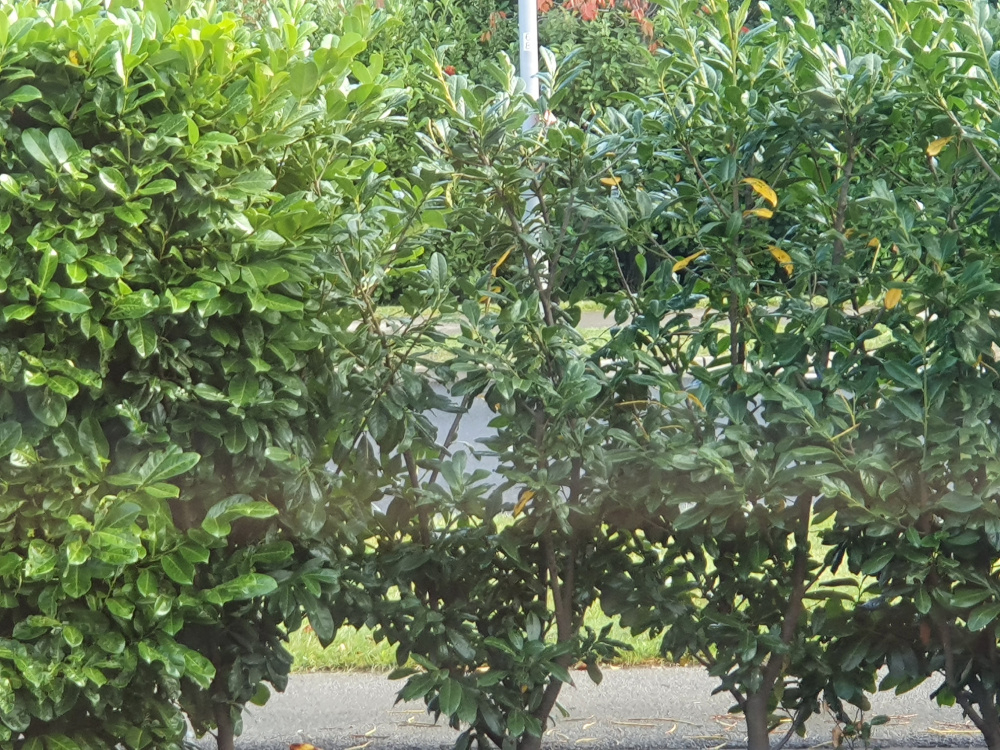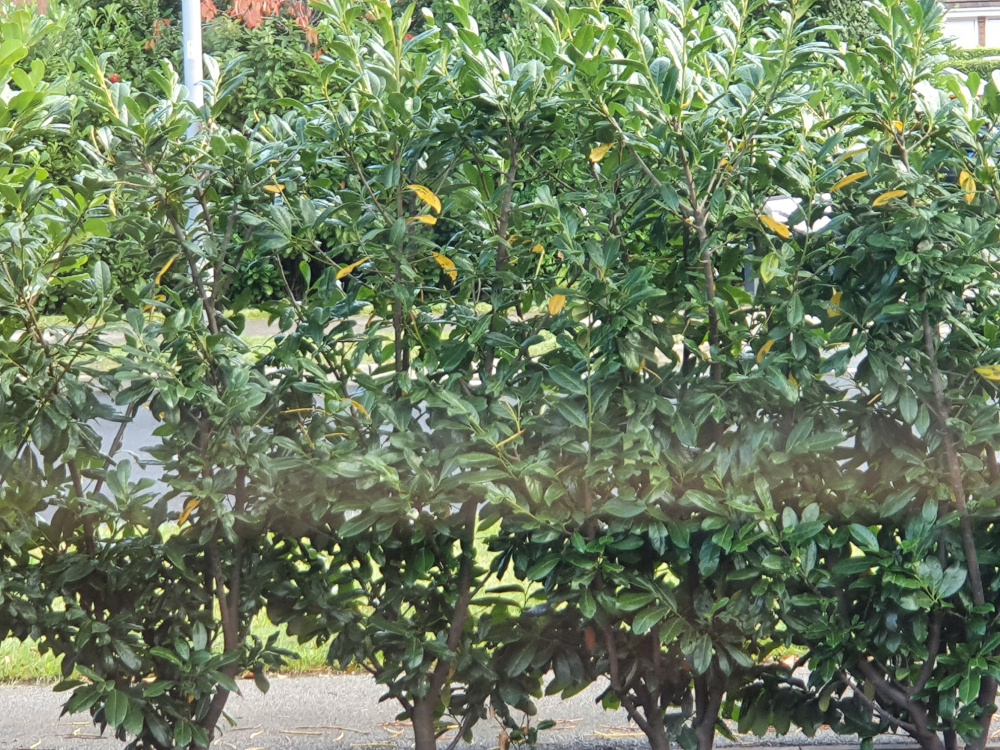This Forum will close on Wednesday 27 March, 2024. Please refer to the announcement on the Discussions page for further detail.
Laurel leaves turning yelloq
Attached some photos of a few Laurel plants I bought last year, they aren't very thick as they weren't pruned much but the leaves turn yellow every few months, not all just a handful.
What could this be a sign of? Is there a remedy?
Also I noticed the seller called them "cherry laurels" but if you notice my older cherry laurel on the left hand side of the first photo, it looks a different breed. Are there different types of cherry laurels?



What could this be a sign of? Is there a remedy?
Also I noticed the seller called them "cherry laurels" but if you notice my older cherry laurel on the left hand side of the first photo, it looks a different breed. Are there different types of cherry laurels?



0
Posts
Gardening in Central Norfolk on improved gritty moraine over chalk ... free-draining.
They might struggle in that tiny border, but if they've had enough water, they should be ok. It would have been better to cut them back if they were large specimens. Much harder to establish at that size.
I'd cut them back hard too. They'll never fill out well if you don't
I live in west central Scotland - not where that photo is...
I live in west central Scotland - not where that photo is...
Or maybe the OP has an irrigation hose set up
I live in west central Scotland - not where that photo is...
I have just found the yellow ones tend to appear every other month, some die, but most remain.
No one mentioned soil ph or anything, so hoping its not nutrient related. I have tried miraclegro on it and they shot right up.
I am tempted to cut them slowly but not all in one go due to loss of privacy
They aren't fussy as to pH either
You'd be surprised how much better they'll do if you cut them back a good bit. Those middle ones in the pic especially, where they're gappy. If you cut those back by half in spring, they'd fill out rapidly
I live in west central Scotland - not where that photo is...